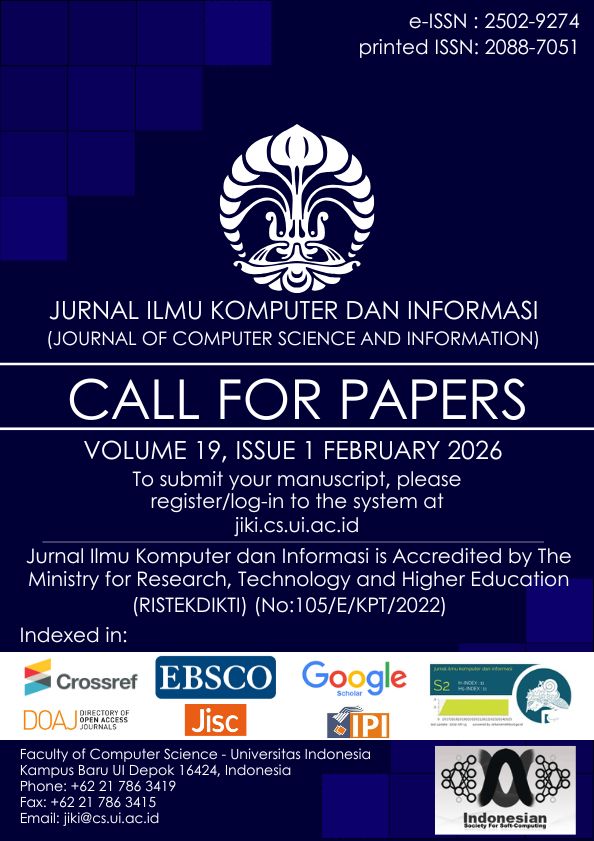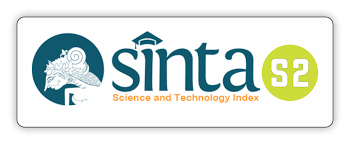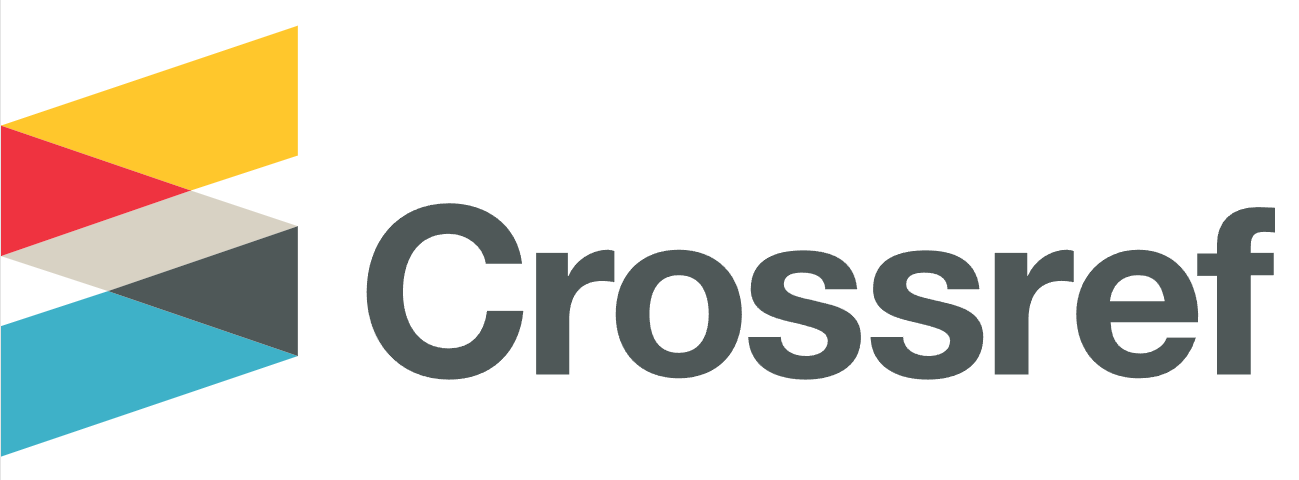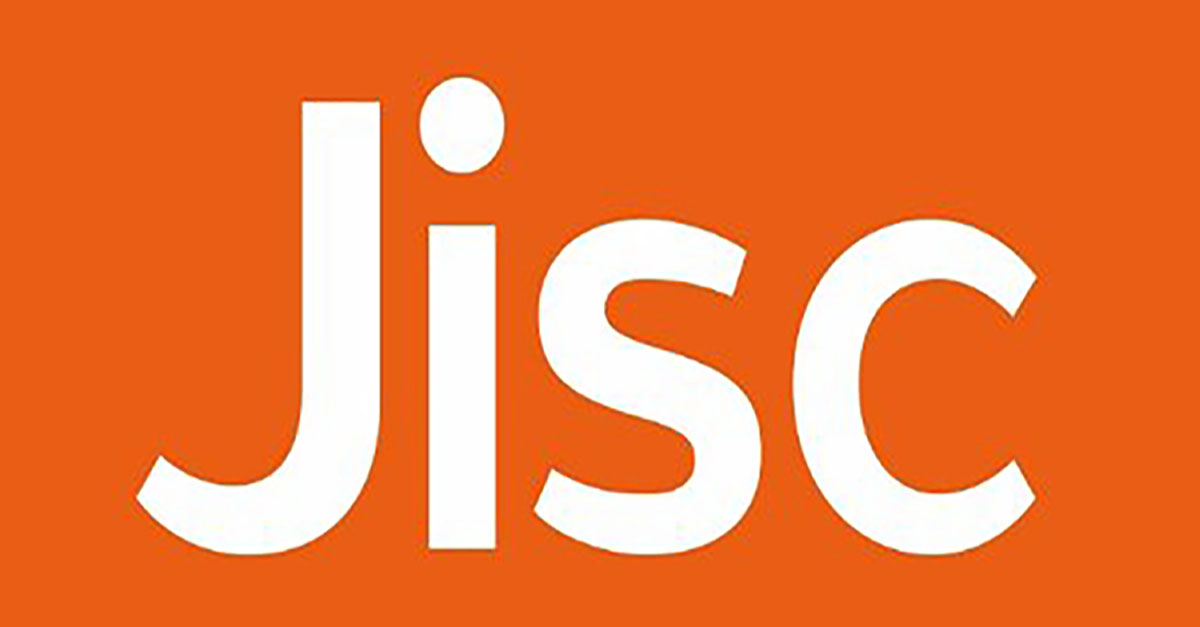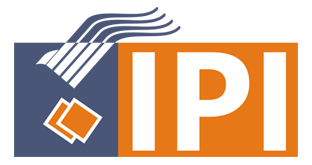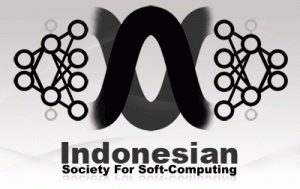Forest and Land Fire Vulnerability Assessment and Mapping using Machine Learning Method in East Nusa Tenggara Province, Indonesia
DOI:
https://doi.org/10.21609/jiki.v18i1.1304Abstract
Forest and land fires are severe disasters for forest ecosystems, diminishing their functionality. Accurate prediction of fire-prone areas aids in effective management and prevention. Machine learning methods have shown promise in this regard. By 2022, East Nusa Tenggara (NTT) had the highest incidence of such fires. This study aims to assess NTT's forest and land fire vulnerability using seven machine learning methods: Gaussian Naive Bayes, Support Vector Machine, Logistic Regression, Artificial Neural Network, Random Forest, Gradient Boosting Machine, and Extreme Gradient Boost. A geospatial dataset integrating NTT's 2022 fire data and fourteen fire-related factors were created using ArcGIS. Feature selection, employing the Information Gain Ratio, identified nine key features: Degree of Slope, Land Cover, NDVI, Annual Rainfall, Distance to Road, Distance to River, Distance to Buildings, Wind Speed, and Solar Radiation. The Random Forest model emerged as optimal, with AUC values of 0.864 and 0.742 for training and testing, respectively. The resulting vulnerability map highlighted factors contributing to NTT's forest fires, including gentle slopes, forest cover, unhealthy vegetation, low rainfall, human activities, remote water access, soil moisture, distant firefighting facilities, low wind speeds, and high solar radiation. Recommendations include land management, fire-resistant vegetation, policy enforcement, community education, and infrastructure enhancement.
Downloads
Published
How to Cite
Issue
Section
License
Authors who publish with this journal agree to the following terms:
- Authors retain copyright and grant the journal right of first publication with the work simultaneously licensed under a Creative Commons Attribution License that allows others to share the work with an acknowledgement of the work's authorship and initial publication in this journal.
- Authors are able to enter into separate, additional contractual arrangements for the non-exclusive distribution of the journal's published version of the work (e.g., post it to an institutional repository or publish it in a book), with an acknowledgement of its initial publication in this journal.
- Authors are permitted and encouraged to post their work online (e.g., in institutional repositories or on their website) prior to and during the submission process, as it can lead to productive exchanges, as well as earlier and greater citation of published work (See The Effect of Open Access).
